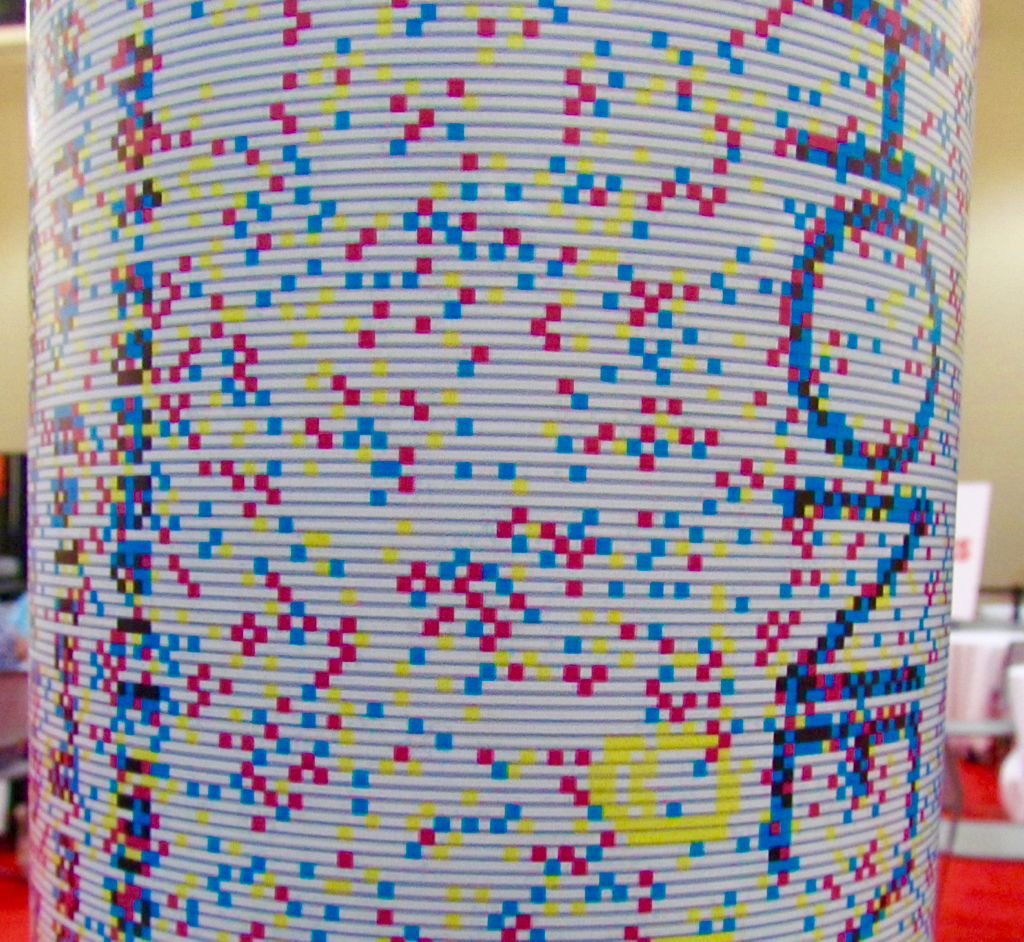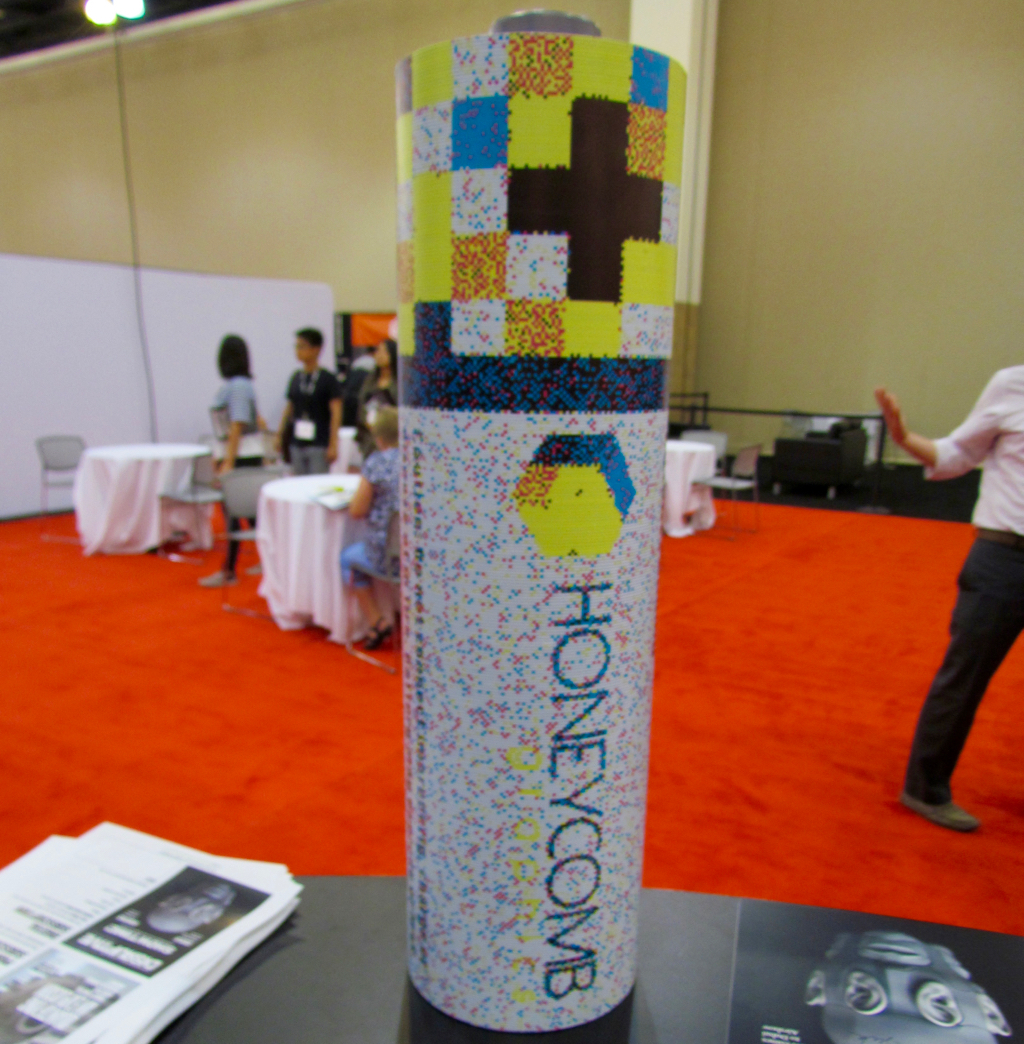
A company from Chile is developing a fascinating process for color 3D printing.
Honeycomb Graphics has patented several processes for producing 2D plastic representations, which themselves are quite interesting. However, we’re even more interested in their work in 3D printing – in color.
There are few full color 3D printing processes available today; the only two we’re familiar with are 3D Systems’ ProJet process involving jetting colors onto a bed of fine powder, and MCOR’s paper 3D printing process in which the edges of the paper are inkjet-colored before use in their 3D printing process.
Both of these processes work well, but are beyond the financial reach of many potential users. A few other companies are working on lower-cost methods of dyeing filament as it enters the 3D printer, but although it can produce color, such approaches cannot change color swiftly enough to reproduce full textures.
Now we see Honeycomb Graphics developing a new process that might work better. We were told the technology involves using small “injector jets” located within 3-4mm of the hot end nozzle, meaning they should be able to switch colors quite responsively. The process uses “hot air beads”.
Their goal is to be able to switch colors within an extrusion such that the color switch along the length of the extrusion is at least equal to the width of the extrusion. You know what this means: square color pixels!
With square color pixels, it becomes theoretically possible to reproduce a full color texture map, at least at the resolution possible by their process.
Currently their process is still being refined. We were told the beads are 4mm in size, able to produce 1:50 scale color prints. Here you can see an image of a large-scale battery that shows what the prints could look like.
This new process may prove successful, and the company is now engaging with 3D printer manufacturers in an attempt to license the process for inclusion in new models.
We’re hopeful they succeed, as the ability to inexpensively produce full color 3D prints is something we feel would be very popular, assuming 3D software could be adapted to process color, too.
Via Honeycomb Graphics (Spanish)


